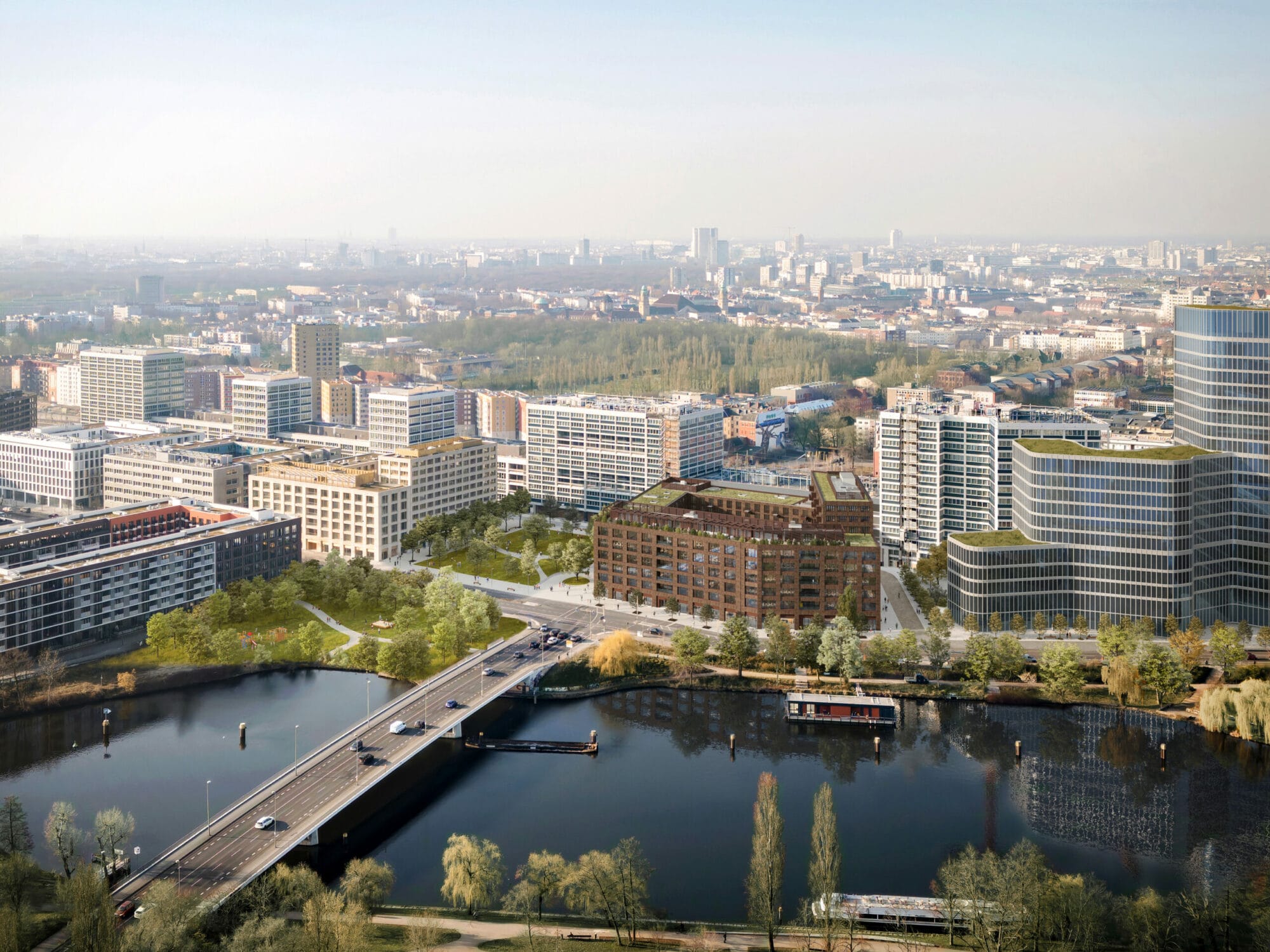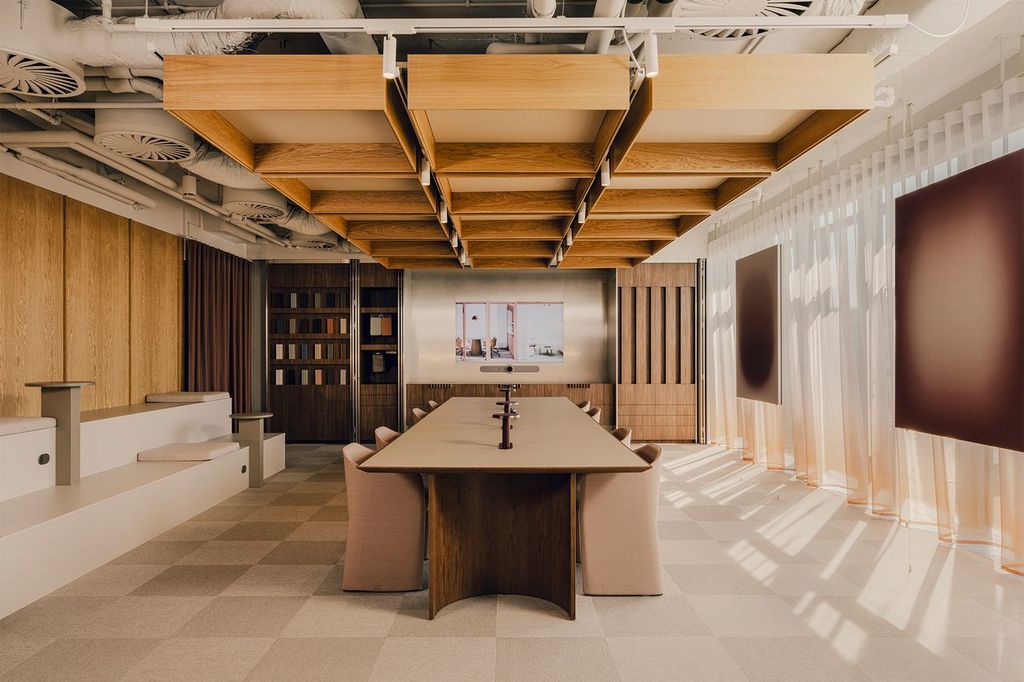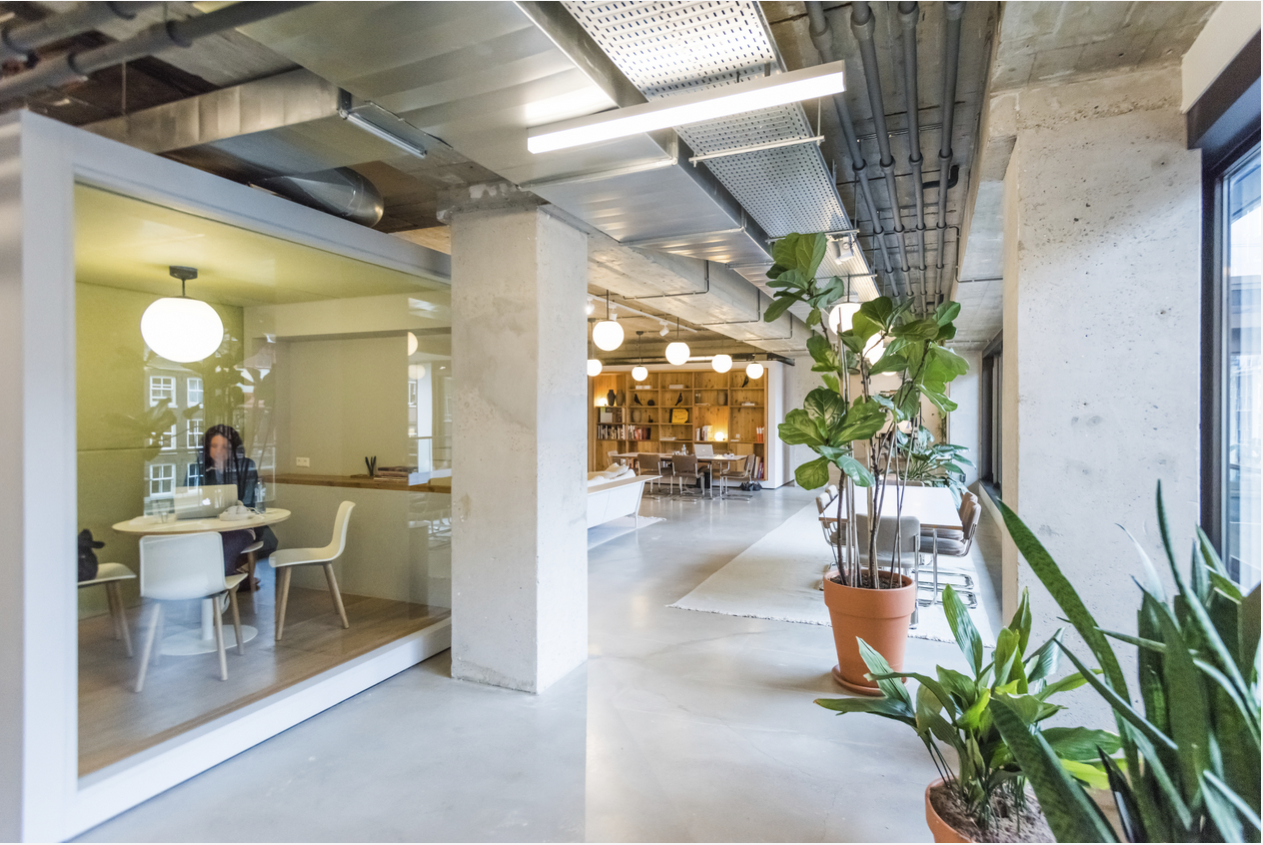3.5 million sqm – this is the amount of flexible office space currently offered by operators on the 20 biggest office markets in Europe. Warsaw is ranked as the ninth biggest flex city in Europe. Last year, the city saw the largest growth of flexible space on the continent.
The rise of flexible spaces for work is one of the most important trends on European office markets. According to analyses by JLL, this office market segment is driven by the growing expectations of tenants as well as the changing needs of employees. Furthermore, in the next five years it has a chance to triple its volume from 3.5 million sqm to up to 10 million sqm. It seems that flex offices are taking the Polish real estate market by storm.
Young segment, high potential
The flex office segment was founded in the early 1980s with serviced offices cropping in Europe and becoming the first de facto suppliers of flexible office solutions. As the market began to change, and the number of start-ups grew year by year, coworking concepts have inexorably gained in popularity. That’s why some operators decided to combine serviced offices with a coworking component, creating a hybrid flexible space model.
“Currently, a hybrid flexible space model is the fastest growing market segment, contributing 1.1 million sqm of office space in the top 20 European markets between 2016 and 2018. The expansion of the flexible space market also has an impact on retail properties, which are increasingly offering space adapted with a focus on such offices. We predict that in the next four years, this flex space segment will expand in the US at an annual rate of 25 percent until 2023, and we can soon expect a similar dynamic in Europe,” said Adam Lis, Flexible Office Solutions Manager, JLL.
Flexible membership contracts offered by operators, the increasingly popularity of remote work and the growing number of freelancers are contributing to the development of this office market segment. In a knock-on effect, the phenomenon of flexible workspace has also influenced the hotel sector.
“Lifestyle concepts, such as Schani in Vienna or The Student Hotel in Amsterdam, provide their guests with coworking zones which resemble top-notch spaces from the creative interiors of Spaces and WeWork. An interesting idea, which is steadily making waves on the market, is hybrid projects that combine co-living and co-working functions. A prime example of this trend is the Zoku concept, from Amsterdam, which offers a place for traveling professionals to stay for an extended period – from several days up to several months,” said Adam Lis.
Potential for 7 million sqm of flex spaces
The overall supply of flexible spaces is increasing rapidly, however, the number of unique operators is also surging. Research by JLL shows that there are some 725 different providers in the 20 biggest European flexible office markets, with 20 percent of this number opening their first location in the last three years.
“Since 2015, the total volume of flexible office space in the top 20 European markets has doubled. By the end of 2018 flexible space operators had an astonishing 3.5 million sqm of space on offer. Therefore, the potential for further growth in this segment remains high. According to our estimates, the supply of flexible offices in the next five years may increase to up to 10 sq m, and by 2022 the European market will provide approx. 30,000 such locations,” commented Łukasz Dziedzic, Senior Research Analyst, Research and Consulting, JLL Poland.
Today, the biggest European markets for flexible office space include London, Amsterdam and Paris. Warsaw is now the ninth biggest flex city. Last year, the city registered the greatest increase in flexible spaces across Europe.
“The flexible office boom witnessed on the capital market naturally means that the sector is claiming a larger share of the office space stock. In this respect, Warsaw is second only to Amsterdam, London and Dublin,” said Łukasz Dziedzic.
Flex spaces set to conquer Poland
Demand for flexible office, although still in most demand in Warsaw, is also growing on the largest regional markets – Kraków, Wrocław, Tri-City, Katowice, Poznań and Łódź. Total volume of secured flexible spaces has now hit the 250,000 sqm mark, including 166,000 sqm in existing centres and a further 87,000 sq m in signed deals. This equates to four Warsaw Spire towers.
“As many as 76 percent of the flexible office space in the country is located in Warsaw, currently offering 17,000 full-time seats. Another 9,000 have already been secured with lease agreements for further new leases to be signed soon. This high level of activity has stemmed from a large variety of tenants operating on the capital market. It’s not only start-ups and small and medium-sized enterprises that seek flexible spaces for work. Large multinational corporations are also in the hunt for such space, selecting flexible solutions when seeking additional space due to sudden expansions, and addressing the design needs or wanting to provide their employees with a creative and inspiring place to work,” said Adam Lis.
New operators have entered the Warsaw market, tempted by its enormous potential. In 2018, brands such as BeYOURSeLF, Solutions.Rent, Spaces, The Nest, Workin and WeWork opened in Warsaw.
“As many as 76 percent of our survey respondents, among whom were the biggest flexible space operators in Poland, claimed that Warsaw still has suitable space for further development of the flex segment. This confirms the high potential and absorbency of the capital market, particularly at a time when there is a temporary drop in supply of traditional office spaces and rapidly changing needs amongst tenants,” said Adam Lis.







